Sherlock Holmes wrote: ↑Tue Feb 01, 2022 2:24 pm
Second, the authors mention that “Spriggina, for example, does not possess bilateral symmetry, but instead has a marked offset along the midline, and this alone is sufficient to reject a euarthropod affinity … No euarthropod claim from the Ediacaran biota can therefore be substantiated.” Thus, Daley et al. clearly reject any arthropod affinity of Ediacaran organisms such as Spriggina, also because of their non-bilaterian glide symmetry. Guess who made exactly this point before? Yes, it was Stephen Meyer (2013) in Darwin’s Doubt.
Very late Ediacaran:
We have simple slug-grade/worm-grade organisms (at least their tracks and burrows) – the first ones only making surface tracks and lacking burrowing ability. Making tracks suggests that the organisms have at least a front end and a back end, a mouth, anus, and gut connecting them. These are almost certainly bilaterians.
We have trace fossils (the traces in the sediments (worm-like sediment feeders or detritus feeders)which resemble arthropod trails or traces that show six pairs of symmetrically placed impressions, which resemble trilobite walking trails)
We have the very first biomineralized “skeletons”, e.g. Cloudina, basically a worm secreting a tube, as well as the first evidence of predatory boring.
At the beginning of the Cambrian, we start to see more complex burrowing – e.g., vertical burrowing through sediment, clearly indicating worm-grade organization and an internal fluid skeleton, i.e. a coelom. The burrows gradually increase in complexity over 10 my.
Sherlock Holmes wrote: ↑Tue Feb 01, 2022 2:24 pm
Here is why: since the authors refute the existence of stem group arthropods in the Ediacaran period before 550 million years, and euarthropods are documented already for the Lower Cambrian at 537 million years, there remains a window of time of only 13 million years to evolve the stem arthropod body plan from unknown ecdysozoan worm-like ancestors and to make the transition from lobododian pro-arthropods to the fully developed euarthropod body plan, with exoskeleton, articulated legs, compound eyes, etc. Since the average longevity of a single marine invertebrate species is about 5-10 million years (Levinton 2001: 384, table 7.2), this available window of time equals only about two successive species. Considering the implied enormous re-engineering involved, this time is much too short to accommodate the waiting times for the necessary genetic changes to occur and spread according to the laws of population genetics.
A. We don’t’ have concurrent apparition but we see gradual transition in form and complexity from
“Onychophora, Tardigrada, and a grade of Cambrian lobopodians, including Aysheaia"
to
lower stem lineage includes Jianshanopodia and Megadictyon, which have annulated bodies with unjointed lobopod walking limbs"
to
“gilled lobopodians” from Sirius Passet, Kerygmachela, and Pambdelurion which possess lateral flaps and unsclerotized frontal appendages in addition to lobopod walking limbs"
to
"Opabinia has a similar body morphology to the gilled lobopodians but a more developed head with compound eyes, a posterior-facing mouth, and a grasping appendage"
to
"Radiodonta a large clade that includes Anomalocaris and occupies the uppermost lower stem lineage position . Radiodonts lack lobopods and have a body with lateral flaps and setal blades, and a head with a pair of sclerotized appendages, circular mouthparts, and paired stalked compound eyes "
to
Transitional fossil like Kilinxia:
"Due to very special taphonomic conditions, the Kilinxia the fossils exhibit exquisite anatomical structures. For example, nerve tissue, eyes and digestive system: these are soft body parts that we cannot normally see in conventional fossils, ”said Professor ZHAO Fangchen, the study’s lead author.
It shows distinctive features of true arthropods, such as a hardened cuticle, a segmented trunk, and articulated legs. However, it also integrates the morphological features present in very ancestral forms, including the strange five eyes of Opabinia, known as the “strange wonder” of the Cambrian, as well as the iconic raptor appendices of Anomalocaris, the giant predator from the apex to the Cambrian Ocean."
https://sclate.com/argentina/a-520-mill ... tagedaily/
to
"upper stem lineage euarthropods include the fuxianhuiids , Leanchoilia and other megacheirans (“great appendage” euarthropods) and bivalved taxa, such as Canadaspis, Isoxys, and Perspicaris all of which have a segmented body bearing biramous limbs and a multisegmented head with specialized appendages"
The euarthropod stem lineage depicts a clear scenario of character acquisition, from the basal condition of an annulated body with lobopodous limbs through increasing levels of arthropodization. “
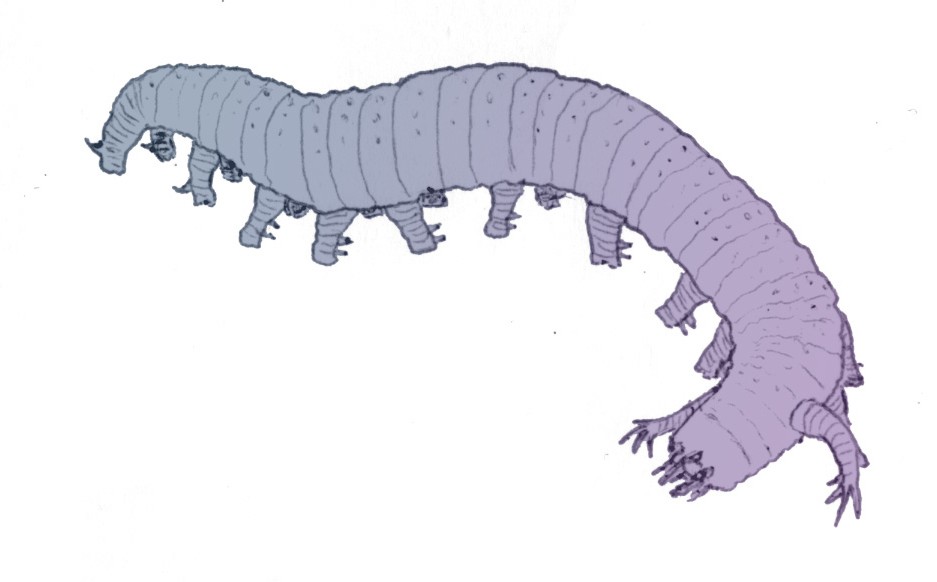
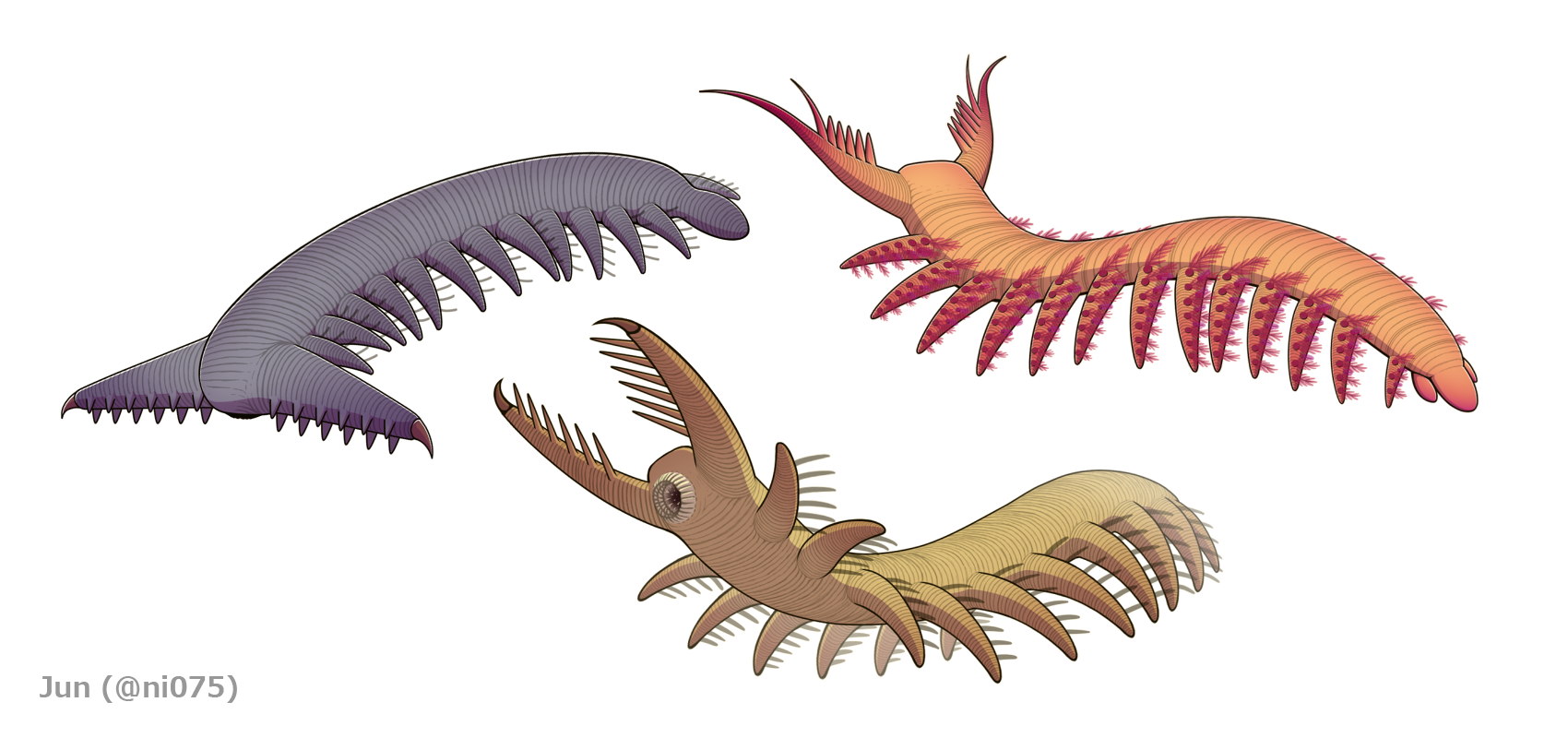
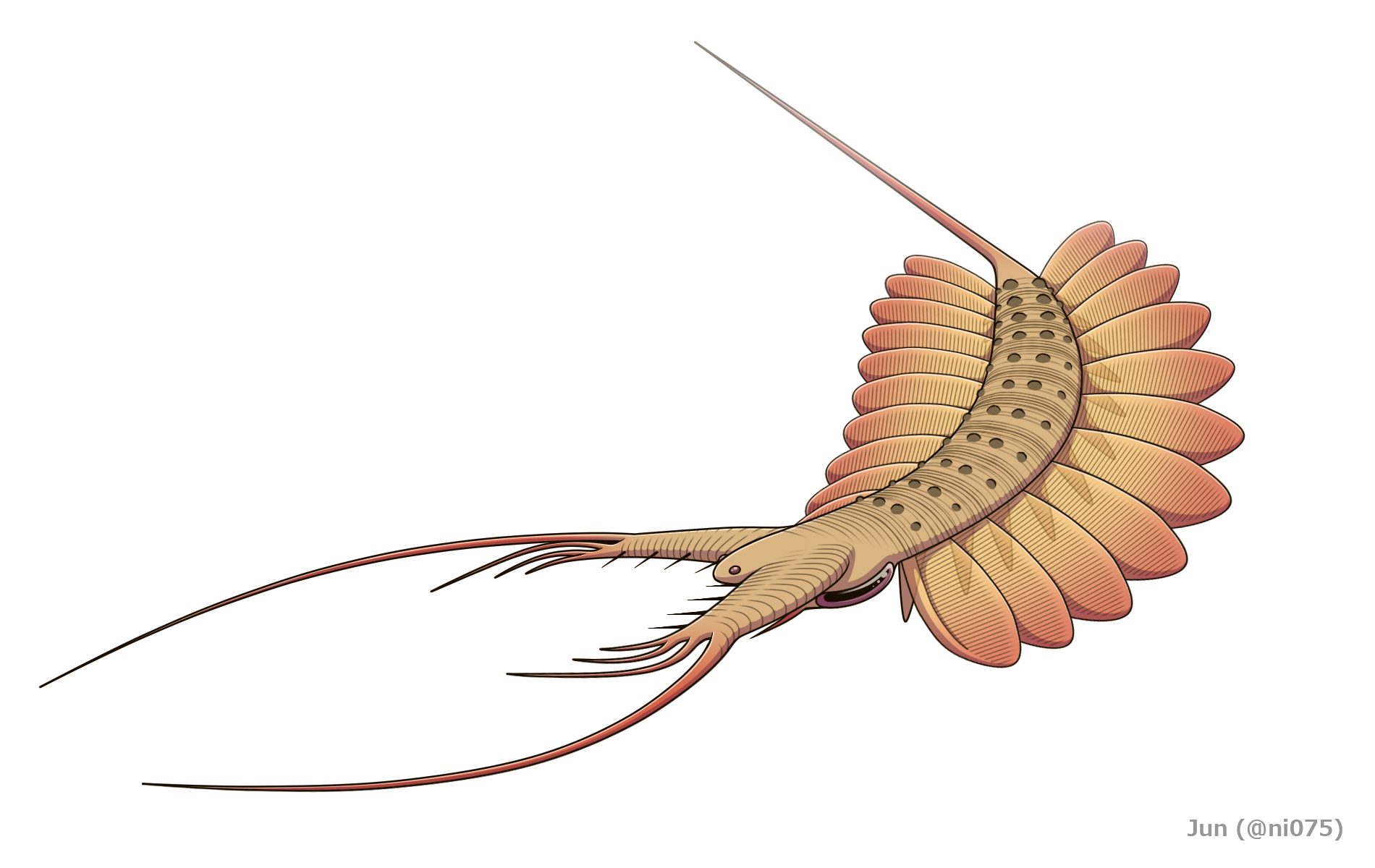
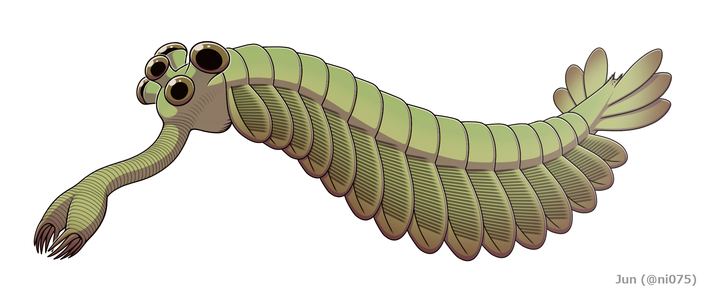



 B. Argument from ignorance and lack of imagination. I can’t imagine therefore ID.
B. Argument from ignorance and lack of imagination. I can’t imagine therefore ID.
Local climate and local ecosystem conditions as I see it can be the cause in the sense of a perfect storm where more positive feedback loops activated and enforce each other in complex way leading to an exponential increase in diversity.
Similar to the activation of more positive feedback in the case of global warming in a complex mechanism of enforcement which past a certain threshold would lead to an exponential dangerous increase in temperature and lead to runaway global warming.
1. Origin of deep burrowing ("Cambrian substrate revolution”) the Ediacaran biota suffered a mass extinction( possible mobile grazing bilaterians who just ate the now helpless sessile Ediacarans) which lead to an increase in the abundance and complexity of burrowing behaviour. Which created a niche for a later radiation and also which had big effect on the substrata which transformed the seabed ecosystems. Substrate oxygenation.
This changes the nature of the ocean floor, changing what ways are now available for sessile organisms to anchor themselves and for mobile organisms to move. It opens up even more new niches involving digging to hide, or digging to find food. It further disturbs and mixes the seafloor substrate, which recycles buried nutrients much more quickly and efficiently, in turn making those nutrients much more available, allowing the ecosystems to support even more organisms with even greater metabolic needs for even more complex and active lifestyles.
2. HOX genes are the body-plan organizing genes that all animals share, and appear to have evolved some 100 million or so years before the Ediacaran, and slowly increased in complexity via duplication mutations of some ancestral single or small handful of HOX precursors. The more HOX genes available the more ways one can recombine their affects embryologically and the more complex the body plans that one could potentially create embryological programs to grow. Some time before or during the Ediacaran, the evolving HOX complex may have crossed a genetic threshold that allowed for animals to evolve larger and more complex body plans that they did not have the genetic capacity to create earlier, enabling them to exploit the opportunity provided by the increased atmospheric oxygen
3. Origin of massive biomineralization caused by increased of certain minerals because of regolith erosion, modification in rate of sea floor spreading, CO2 levels.
4. Sea level rise/climate change.
5. Rise in oxygen levels because of change in plankton levels. Sudden rise in atmospheric molecular oxygen, from around 1% to over 10%, possibly triggered by the ending of the most recent “Snowball Earth” episode of global glaciation. The increased availability of molecular oxygen meant the possibility for organisms to generate a lot more energy from aerobic respiration than they could before, enabling more energy-demanding lifestyles and adaptions, including growing larger and more complex multicellular bodies. Molecular oxygen also enables collagen crosslinking, which means animals can now produce tougher intercellular matrix to support larger numbers of cells, which in turn enables even larger and more morphologically complex bodies.
6. The advent of predation and grazing also creates the conditions that enables evolutionary arms races between predators and prey, which is a mechanism that can significantly accelerate the rates of evolutionary adaptive change.

The above 1-6 lead to increase in nutrient flux, habitable volume, oxygenation which increased food web complexity + mobile predation and created the perfect conditions which lead to an increase in the animal phyla diversity, follow up of species diversity and increased the probability of fossils creation(massive biomineralization).
C. We have Evidence of evolution and transitional fossils post Cambrian:
Evolution of tetrapods from fish.



Evolution of whales from previous walking mammals.



Evolution of birds from dinosaurus.


Evolution of humans from previous humanoids forms.


We have plenty evidence of speciation. Observational evidence.
https://www.sciencemeetsreligion.org/ev ... iation.php
We have evidence of populations evolving and acquiring novel functions and novel structures (ex: FtsZ protein, bacteria developing ‘molecular scissors’ that degrades PET, clepto sea slugs steal genes from their food and incorporate them into their own DNA).
C:We don’t need to assume magical entities when we already have conclusive evidence and plenty of examples of evolution and transitional forms outside Cambrian.
Sherlock Holmes wrote: ↑Tue Feb 01, 2022 2:24 pm
Don't overlook the fact either that it is paleontologists who refer to this as an "explosion" they use that term to convey the brevity.
Here what the study they use says:
“Each of the major types of fossil evidence (BSTs, trace fossils, and biomineralized hard parts) have their limitations and are incomplete in different ways, but when they are taken together they are mutually illuminating and allow a coherent picture to emerge of the origin and radiation of total group Euarthropoda during the lower to middle Cambrian. The fossil record of euarthropods provides our most complete view of the origin and radiation of a major phylum during the Cambrian explosion. Rather than being a sudden event, this diversification unfolded gradually over the ∼40 million years of the lower to middle Cambrian.”
• Daley AC, Antcliffe JB, Drage HB, Pates S 2018. “Early fossil record of Euarthropoda and the Cambrian Explosion.” PNAS, 9 pp.
https://www.pnas.org/content/115/21/5323